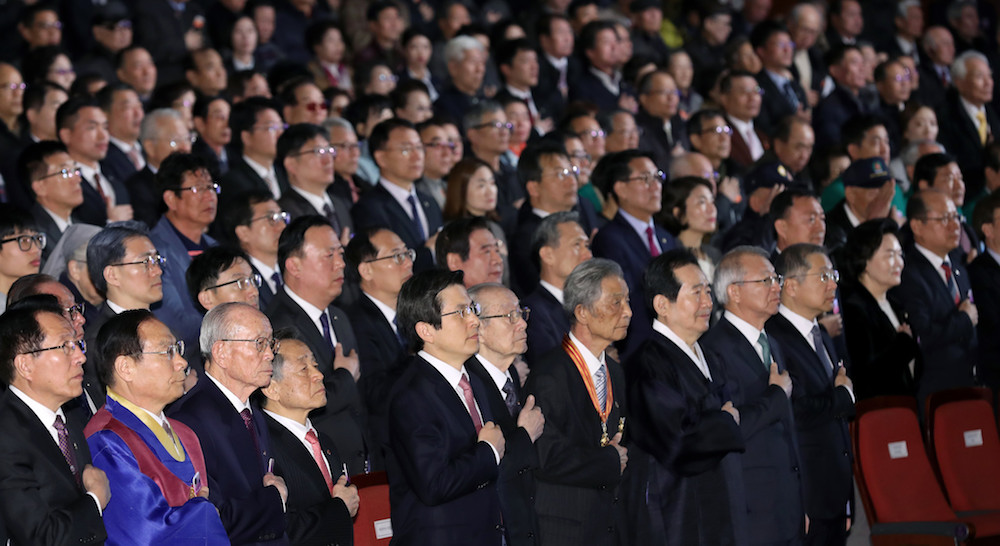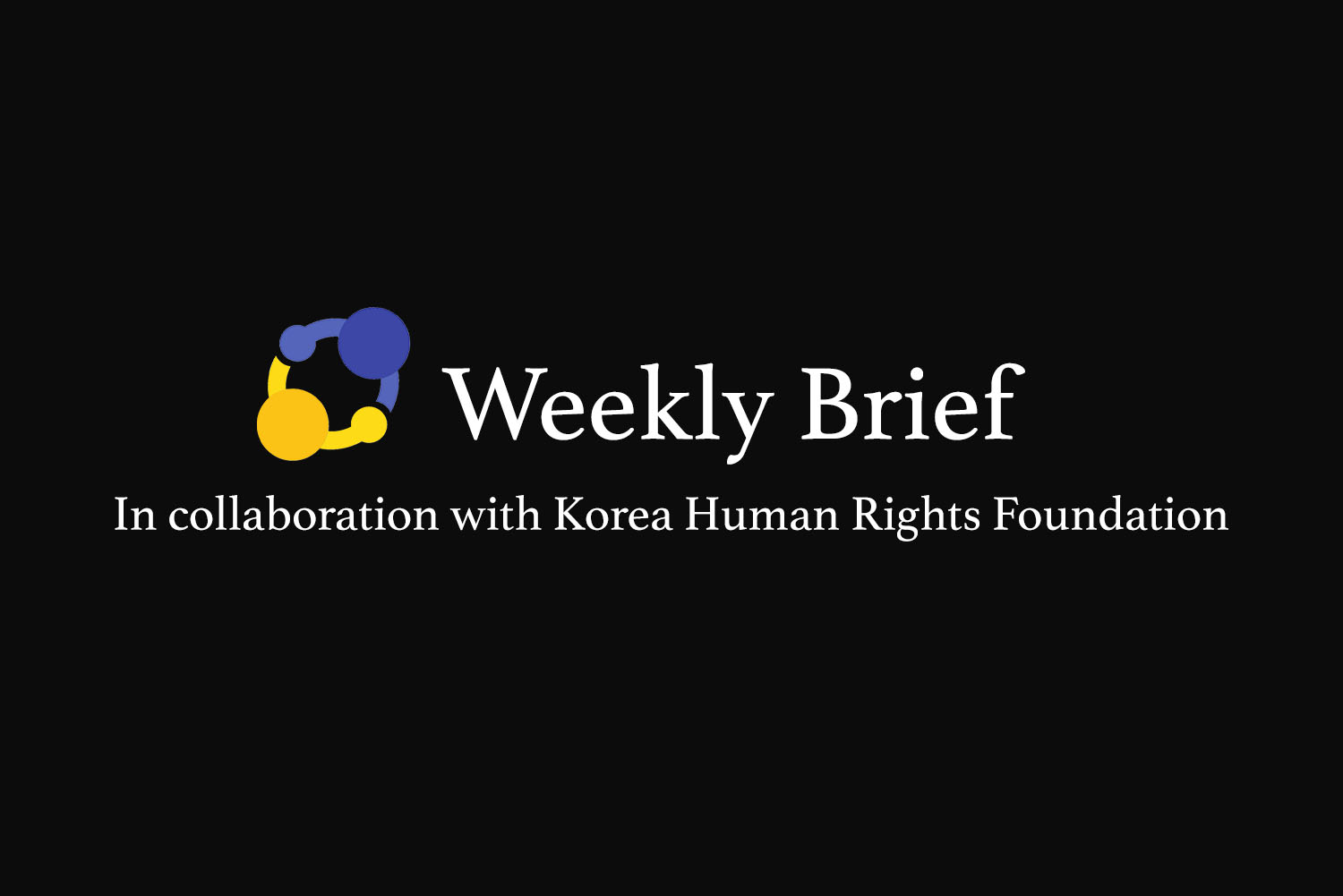Mar. 1 marks one of Korea’s most famous pro-independence protests, which saw hundreds of thousands take to the streets against Japanese colonial rule in 1919. Many protesters are remembered today as national heroes, but among them, Yu Gwan-sun is one of the few female leaders that most South Koreans can recall.


